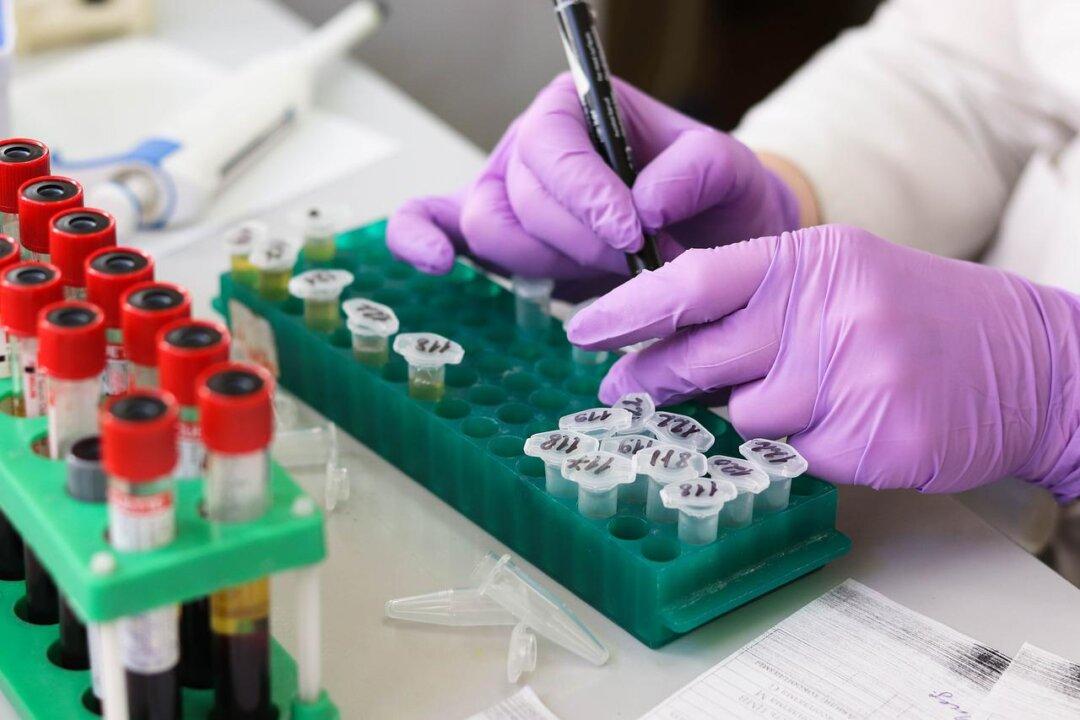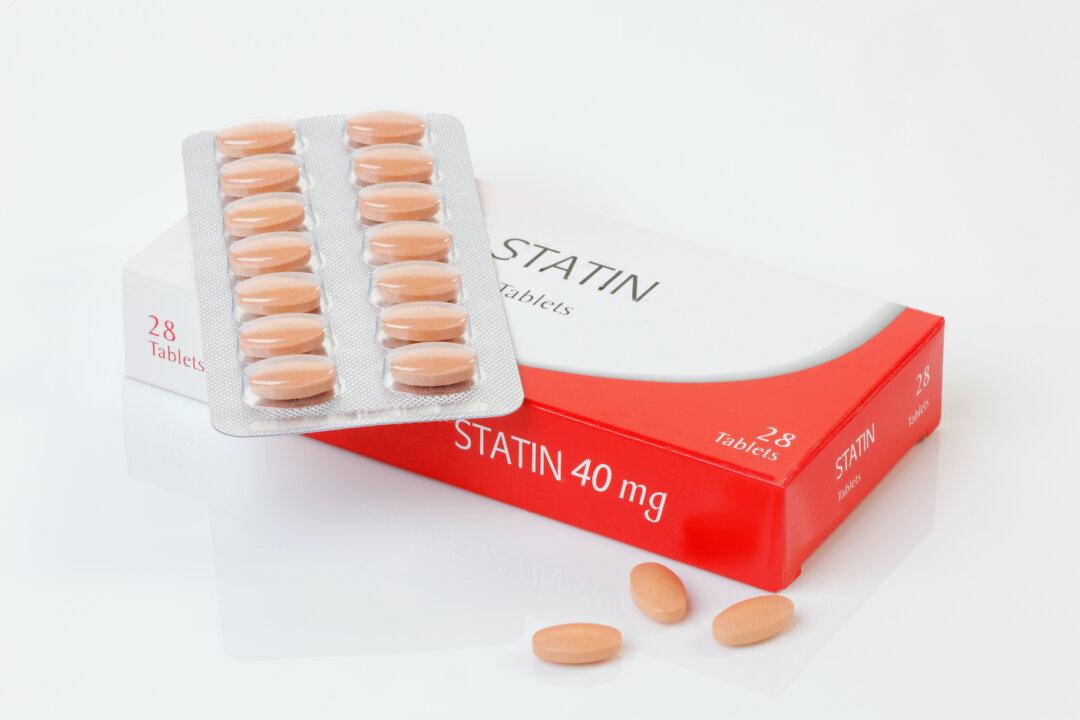Hypercoagulability is present to some degree at one time or another in almost every chronically ill patient. Everyone has experienced a flu-like illness with fever, headache, body aches and pains, fatigue, nausea and insomnia in their lives. When we acquire an acute infection, our bodies respond with a brisk innate immune system response. Part of the body’s inflammatory response includes activation of the coagulation cascade, a domino of protein production, whereby the body creates more soluble fibrin. Flu-like headaches, aches and pains, fatigue, nausea, and insomnia can be partially attributed to this excess soluble fibrin. Acute or chronic innate immune system activation, heavy metal toxins, mold toxins, Herxheimer reactions (symptom flare after killing off certain infections), and inflammation of any cause may result in the generation of excess soluble fibrin. The presence of excess soluble fibrin causes hypercoagulability.
What Is Hypercoagulability?
Through a very complex and redundant system, the body maintains a very delicate balance in the production of molecules that either encourage or discourage blood clotting. After injury, we must be immediately able to stop bleeding by plugging holes in our blood vessel walls, and we must also be ready to thin the blood and contain blood clot formation to avoid blocking life-giving blood flow to organs and tissues. When this delicate seesaw system is tilted towards being on the “sticky” side, with an abundance of molecules encouraging blood clotting over blood thinning, we are in a hypercoagulable state.The body’s coagulation system depends on both platelet activation and fibrin production. When small blood cells called platelets get activated, they clump or aggregate and stick or adhere together, releasing chemical messengers that encourage blood clot formation. Fibrin is produced or formed when the coagulation cascade is activated. The breakdown or degradation of fibrin can be slowed and weakened by different hereditary or genetic weaknesses.





